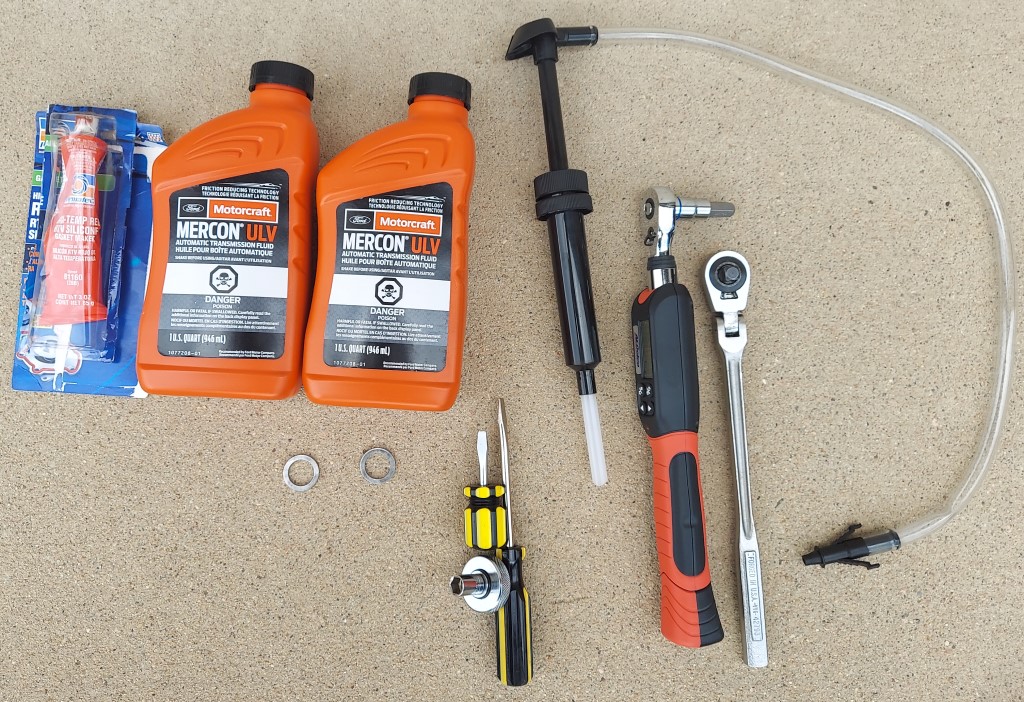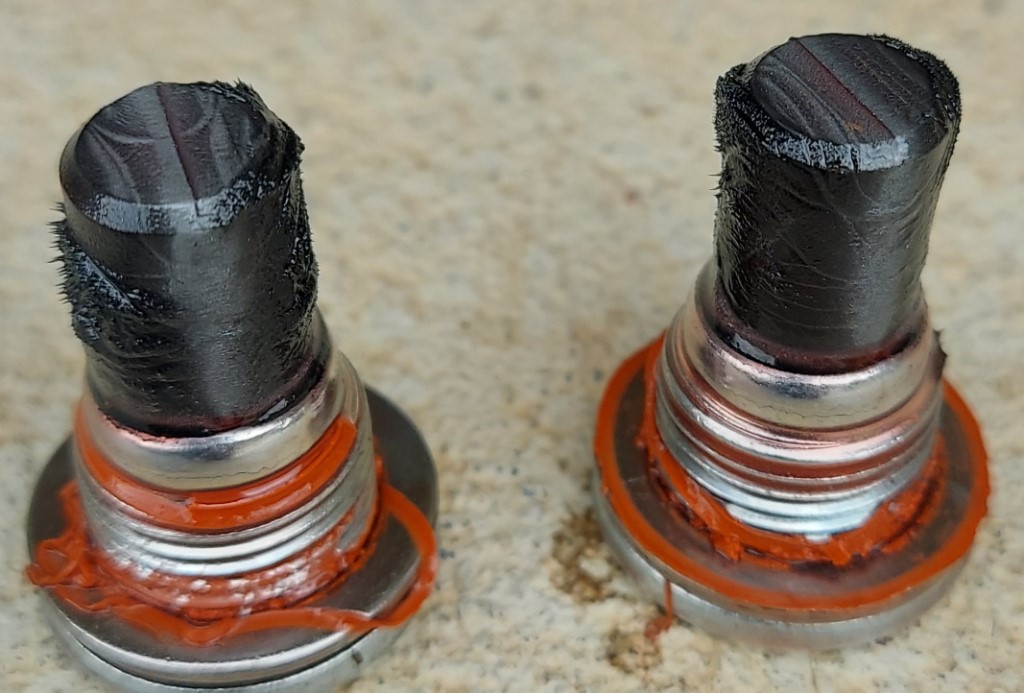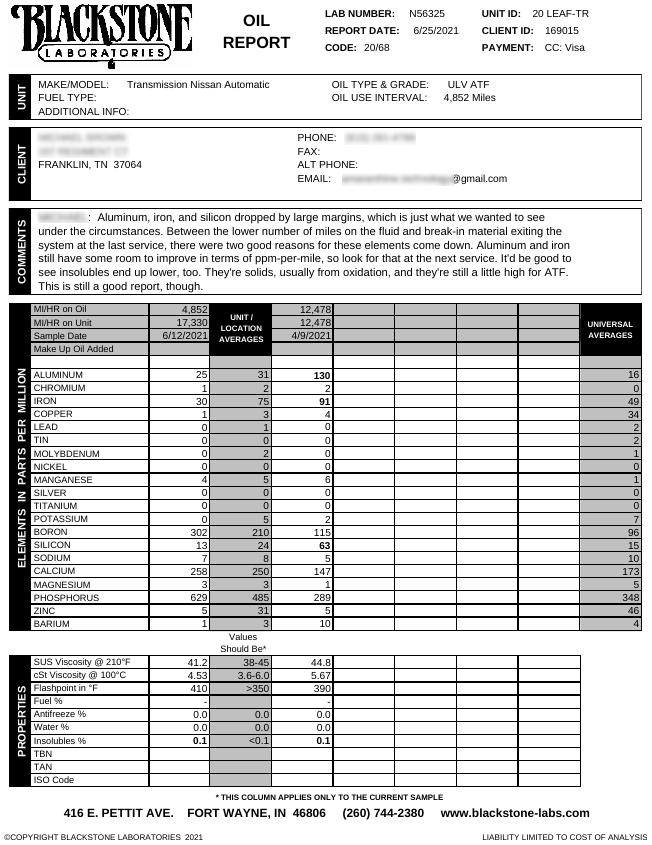DougWantsALeaf said:
.... oil is good to go/use?
It's complicated. Summarizing:
The report doesn't say Valvoline ULV is unusual in any way. Typical stuff floating around in there. His magnets were very clean too. Thumbs up.
knightmb said:
My new report on the ULV oil I changed out before switching to the Nissan Matic S before switching back to the ULV. :lol:
Looks fine. Some things don't show up on a Blackstone analysis such as whether or not Valvoline ULV threw in some anti-wear polymer esters, for example. Certainly the high flash point of the Valvoline indicates their base oils are great.
One should divide the iron accumulation (parts per million PPM) by miles driven to get an approximate idea of the wear rates. Both the new ULV and old Matic S shed iron Fe at around the same rate per mile. The magnets catch some too of course.
Note the
old original Matic S fluid (column on the right) may have a tiny amount of manufacturing dust, as the aluminum & silicon was a little high, although
completely normal.
Original manufacturing iron dust isn't there as much due to all the carbonitriding processing the gears themselves get to wash it off. Extra aluminim casting & silicon seals particles show up more when new. It's hard to look at original gear (or motor oil) fluid since break-in particles & original dust intermingle.
See the Blackstone image above or go to imgur.com: https://i.imgur.com/3FjYWi6.png
The Valvoline ULV phosphorus & boron levels look
almost identical to Amsoil SS Signature Series Fuel-Efficient ATF ( https://bobistheoilguy.com/forums/threads/voa-of-amsoil-atl-low-viscosity-atf.179169/ ). Any differences between the two could easily be inside the envelope of normal Blackstone measurement errors.
Phosphorus is in the important Extreme Pressure (EP) anti-wear chemistry. Boron I think is a friction modifier (FM), anti-wear (AW), or dispersant, or all three functions, not sure. ...
The original Matic S from the factory had lower amounts of EP anti-wear phosphorus but is typical of most ATF fluids so no problem there.
I think we see the higher levels of phosphorus EP in Valvoline ULV to counter the potential wear problems with low-viscosity fluids. They make up for the low-visc with higher EP additives.
Amsoil SS, similarly high in EP phosporus, is that way since Amsoil has always been a long endurance design.
Lubrizol is probably(?) the source of both Valvoline ULV & Amsoil SS additive chemicals (exclusive of the base oil component), and I wouldn't be surprised if Lubrizol sold the same additive package to both Valvoline
and Amsoil since Lubrizol already had a high-EP style ATF package in their sales catalog, tested & qualified, ready-to-go, off-the-shelf. Guessing.
Viscosity of the old Matic S kv100 5.67 was right where Eneos (potential supplier) puts their version of that fluid. I wonder if Idemitsu's version of Matic S spec-sheet kv100 5.2 was actually a typo? Those errors happen on spec sheets & sometimes never get corrected, no kidding. Either that, or any difference between 5.67 & 5.2 from potential suppliers to Nissan's Leaf factories and Nissan OE dealership fluid is considered all within an acceptable range.




